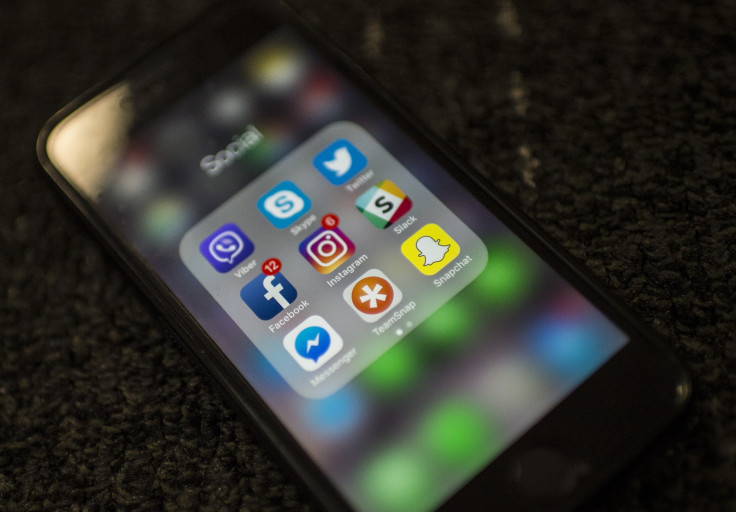What Is 48-Hour Challenge? Police Warns Parents About Latest Social Media Fad

A new risky social media challenge has struck fear among parents as teenagers are taking up the "48-hour challenge" in which they stage their own disappearance. After reports surfaced Monday about the latest social media fad, authorities in Indiana issued a warning.
“The challenge encourages teens to go missing for up to 2 days at a time and awards points for every social media mention while they are missing,” Tippencoe County Sheriff Bob Smith said in a release, adding the challenge could distract law enforcement from helping other people who are actually in distress.
“Runaway and missing person reports are very serious matters and to use these attention seeking type challenges pulls law enforcement away from their many other duties and causes unnecessary anxiety amongst the families and friends that are involved,” Smith said.
The sheriff’s department urged parents to talk to their children about the pitfalls of social media and not to get involved in such activities.
“We are trying to educate our community and get out in front of something before it happens,” Smith said.
Officer Simon Drobik, of the Albuquerque Police Department, told KMOV news: "Whether it's a prank or not, we are going to use the same amount of resources."
This is not the first time a challenge on social media sparked concerns. There have been several other dangerous challenges including the "Bird Box challenge," “Blue Whale challenge,” the “Tide Pod challenge” and the “Condom-snorting challenge.” These increasingly popular trends put young people at risk of several hazards.
The recent "Bird Box Challenge" gained popularity among teenagers as an offshoot of the binge-worthy “Bird Box” movie on Netflix in which its characters wear blindfolds to escape the horrors of a monster.
The Sandra Bullock-led film sparked the trend of people wearing blindfolds while trying to navigate their way around inside and outside. Some also blindfolded themselves while driving. A teenager in Layton, Utah, filmed herself driving her car blindfolded with a 16-year-old as a passenger. The teen lost control of her car and hit another car and also a light pole.
In February, the "Condom-snorting challenge" became popular after videos surfaced online showing a person taking an unwrapped condom, inhaling it through one nostril that made it go down the throat, and the person then pulling it out through the mouth.
In January, parents were concerned about the "Tide Pod Challenge" in which teenagers were stuffing their mouth with detergent pods and biting into them or cooking with them.
The most terrifying of the challenges was the "Blue Whale Challenge" in which teenagers participated in a "suicide game" which often ended with the participant taking one's own life. According to reports, more than 100 teenagers killed themselves as part of this challenge.
While the "Blue Whale Challenge" lost popularity in the U.S., a 13 year-old-girl from Adana, Turkey, shot herself dead in January this year after being influenced by the challenge.
© Copyright IBTimes 2025. All rights reserved.





















